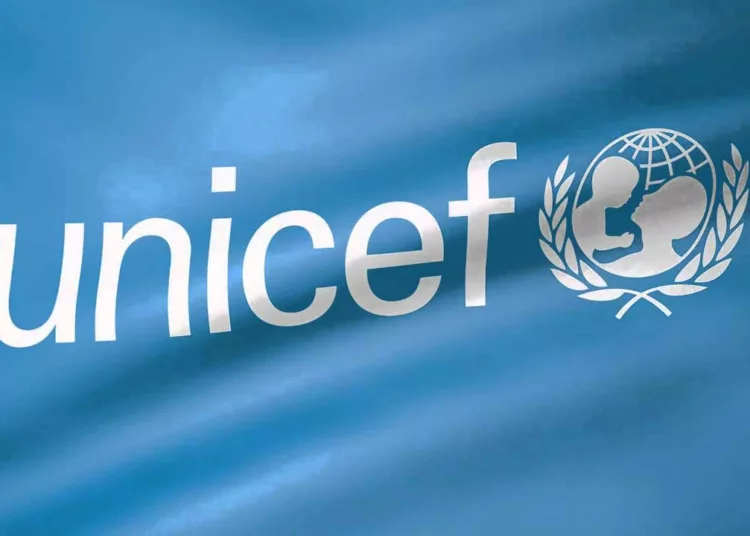A recent report by the United Nations Children’s Fund (UNICEF) has revealed that 181 million children under 5 years of age, representing 27 per cent of the world’s youngest population live in severe food poverty.
This condition is defined as consuming nothing in a day or at most, two out of eight recognised food groups.
In northern Nigeria, the report said, 38-year-old Dorcas Simon struggles to breastfeed her 9-month-old twins, who cry incessantly due to hunger.
“Not much milk comes out,” she says, trying to conceal her pain with a laugh. “What will I give them when I don’t have food myself?” Her plight is shared by many in the region, where conflict and climate change exacerbate food insecurity.
Africa, with a population exceeding 1.3 billion, is one of the hardest-hit regions due to conflict, climate crises, and rising food prices.
The continent accounts for one-third of the global burden, with 13 of the 20 most affected countries. However, there have been signs of progress.
In West and Central Africa, the percentage of children living in severe food poverty dropped from 42% to 32% over the past decade, due to efforts like diversified crop cultivation and performance-based incentives for health workers.
UNICEF however warns that without vital nutrients, children are more susceptible to wasting, a life-threatening form of malnutrition.
One of the report’s authors, Harriet Torlesse stated, “When wasting becomes very severe, they are 12 times more likely to die.”
In Nigerian communities like Kaltungo, UNICEF trains thousands of women to improve their families’ nutrient intake with crops like cassava, sweet potato, maize, and millet.
These crops can be grown in sand-filled sacks requiring minimal water.
Women gather weekly to learn recipes using these foods, aiming to combat the region’s food scarcity worsened by climate change.
A 36-year-old mother of five, Aisha Aliyu, noted the positive impact on her family, “My latest child used to be skinny but is growing fatter because of what we now grow at home.”
On her part, Hauwa Bwami, 50, nearly lost her grandchild to severe protein malnutrition before joining the training. Now, she grows enough food to sell to others.
Despite these efforts, the challenges remain daunting. In the Sahel region, the hotbed of violent extremism, acute malnutrition has reached emergency levels.
A senior food security advisor with Mercy Corps in Africa, Alfred Ejem highlighted that families resort to “bad coping mechanisms like eating leaves and locusts just to survive.”
In conflict-stricken Sudan, children are dying in large numbers from severe malnutrition.
In Nigeria’s northwest, Doctors Without Borders reported that at least, 850 children died within 24 to 48 hours of admission to their health facilities last year.
“We are resorting to treating patients on mattresses on the floor because our facilities are full,” said Simba Tirima, MSF’s Nigeria representative.
Inequality also exacerbates the crisis. In South Africa, the continent’s most developed nation, roughly one in every four children suffers from severe food poverty, reflecting the country’s stark inequality.
UNICEF’s Torlesse emphasised he urgency of addressing this crisis: “The work starts now.”
Governments and partners must act swiftly to alleviate the suffering of millions of children worldwide, ensuring they have access to the food and nutrition necessary for their survival and growth.





